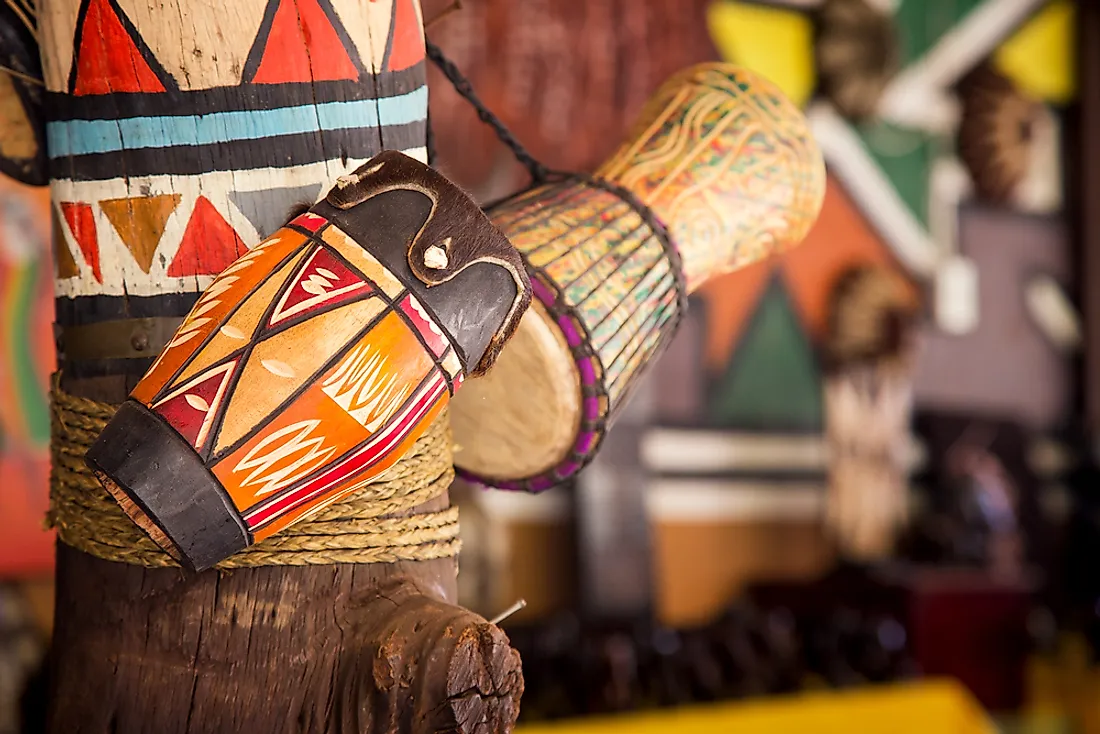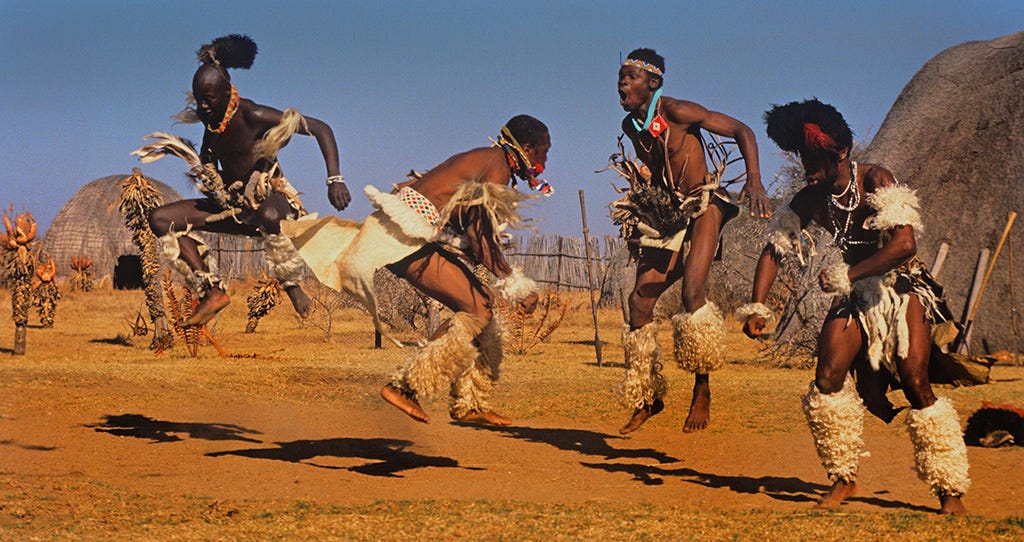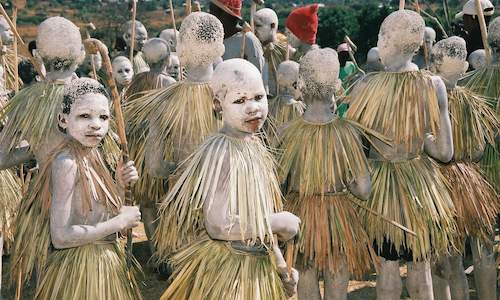Rumored Buzz on South African Culture Today
Rumored Buzz on South African Culture Today
Blog Article
South African Culture Today Can Be Fun For Anyone
Table of ContentsAn Unbiased View of South African Culture TodayA Biased View of South African Culture TodayHow South African Culture Today can Save You Time, Stress, and Money.Some Known Facts About South African Culture Today.The Facts About South African Culture Today UncoveredThe Basic Principles Of South African Culture Today
This follows with vocal singing and drum beating. The couple after that meet the elders and chat about the relevance of their union. A matter of relevance in Zambian villages is the diing of loved ones. All members of the village put cash, effort and time together for the interment of the deceased.Throughout the grieving period; guys stay outside your home and the females remain inside your house of the deceased. After speaking concerning the departed, the town walks to the location of funeral to state their last goodbyes. Songs and dance is a really vital facet of the Zambian society. The numerous tribal units have their very own dancing forms; however, makishi prevails among all people.
Little Known Facts About South African Culture Today.
When it concerns songs, drums are used one of the most, with a range of drumming events. In Zambia, majority of the individuals are Christian; Protestant and Roman Catholic. There are little teams of Muslims and Hindus, with the remainder complying with regional indigenous tribal beliefs.

South African heritage and society is exceptionally varied, and consists of several teams of people who each have their own customs and beliefs. Having such a variety of people and societies is what makes South Africa so unique. In truth sense of the expression, we are a rainbow country.
South Africa has roughly 3 hundred thousand Portuguese individuals residing in it. Making it the 7th on the list of countries with the most Portuguese individuals in it beyond Portugal. Portuguese is not just a society, yet it is also a language and a citizenship. Portuguese individuals stem from the nation of Portugal in Europe, however, due to Portugal (like numerous other countries in Europe) exploring the world and conquering other countries during the 15th 20th centuries, South Africa has what we call Portuguese South African's living in it.
A Biased View of South African Culture Today
Among the prominent functions of the topography is a plateau that covers virtually 2 thirds of the center of the nation. The plateau complex increases toward the southeast, where it culminates in the Drakensberg range, part of an escarpment that divides the plateau from the coastal areas. The Drakensburg includes Sparkling wine Castle, the highest height in the nation.
The region north of the Witwatersrand, called the bushveld, inclines downward from east to west toward the Limpopo River, which forms the worldwide boundary. The western section of the plateau, the middleveld, additionally descends in the direction of the west and varies in altitude between the highveld and bushveld. In between the Drakensburg and the eastern and southern shoreline, the land comes down to the sea.
Nearer the coast there is a low-lying level called the eastern lowveld. Southwest of the plateau the country comes to be gradually a lot more dry, providing way to the stony desert of the Great Karroo, verged on the east by the lower, much better sprinkled plateau of the Little Karroo. Separating the dry southerly inside from the sandy coastal of the southern coastline and West Cape is an additional range, the Langeberg.
Some Ideas on South African Culture Today You Need To Know
The country's racially, ethnically, and politically split history has actually generated national and subnational icons that still work as icons of the country, and others symbols that are accepted just by particular groups. The monoliths to white settler conquest and political supremacy, such as the Afrikaner Voortrekker ("pioneer") Monument in Pretoria and the Rhodes Monument honoring the British colonial empire home builder and Cape prime priest Cecil Rhodes, stay sectarian icons.
The initial modern-day citizens were the San ("bushman") hunter-gatherers and the Khoi ("Hottentot") peoples, who herded livestock (South African culture today). The San might have been existing for thousands of years and left proof of their existence in hundreds of ancient cavern paintings ("rock art"). Bantu-speaking clans that were the ancestors of the Nguni (today's amaZulu, amaXhosa, amaSwazi, and vaTsonga individuals) and Tswana-Sotho language teams find more info (today's Batswana and Southern and Northern Basotho) migrated down from eastern Africa as early as the fifteenth century

Both former republics of the Orange Free State and Transvaal (South African Republic) were developed by Afrikaner inhabitants that defeated and dispossessed the Basotho and Batswana. Lesotho would certainly have been by force incorporated right into the Orange Free State without the extension of British defense in 1869. The utmost unification of the nation resulted from the South African War (18991902) between the British and the 2 Afrikaner republics, which reduced the country to ruin at the start of the twentieth century.
Afrikaners traditionally considered themselves the More Help just true South Africans and, while approving full citizenship to all homeowners of European descent, denied that condition to individuals of shade till the democratic shift of 1994. British South Africans preserve a sense of social and social link to Great Britain without damaging their identification as South Africans.
Unknown Facts About South African Culture Today
The diversity and fragmentation within ethnic collections and the equilibrium of stress between those teams throughout the twentieth century avoided interethnic civil conflict. While intergroup tensions over resources, entitlements, and political supremacy stay, those disputes are as likely to match Zulu versus Zulu as Zulu against Xhosa or African against Afrikaner.
From colonial India, British merchants and administrators brought the curved steel decorative roofing systems and slender lace work pillars that still symbolize the outdoor patios of homes arounds and cities throughout the country. Holy places contribute an essential architectural aspect even in the tiniest communities. Along with the skyrocketing steeples and timeless stonework of Afrikaans Dutch Reformed churches, Anglican churches, synagogues, mosques, and Hindu temples offer range to the spiritual building scene.

Slaughtering and the developing of traditional cereal beer are vital in securing the participation and a good reputation of the forefathers who are thought about the guardians of good ton More about the author of money, success, and well-being. Indian neighborhoods keep their native cooking customs and use them on Islamic and Hindu ritual and ceremonial celebrations. Afrikaners and Coloured people gather at weekends and unique occasions at multifamily barbecues called braais, where area bonds are enhanced.
Due to the fact that this was the main economic business of both black Africans and white homesteaders, problem between those groups focused on the belongings of grazing land and animals. In 1867, the biggest diamond down payments in the globe were discovered at Kimberley in the west central area. The wide range from those areas aided finance the exploitation of the biggest gold coral reef worldwide, which was uncovered on the Witwatersrand in 1886.
Getting The South African Culture Today To Work
This caused misconceptions and deliberate misrepresentation in the dealings of white inhabitants and federal government authorities with African principals during the early american period (South African culture today). In the establishment of African reserves, some facets of communal and primarily "tribal trust" land tenure were protected, and also in white backwoods, forms of communal period were still exercised in areas with African communities
After the autonomous transformation of 1994, programs for land restitution, redistribution, and reform were set up, yet development has been slow. The white minority still regulates eighty percent of the land. In the wake of farming land intrusions in Zimbabwe, the Department of Land Matters has actually pledged to speed up land redistribution.
Report this page